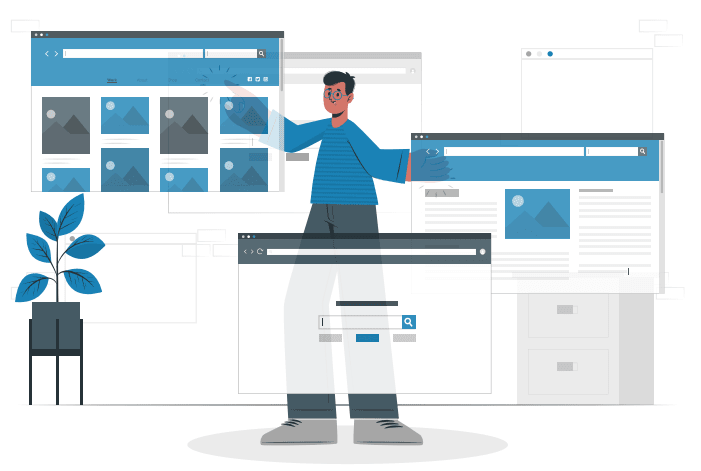Introduction
The world of web design is in a constant state of evolution, and WordPress, as one of the most popular content management systems, is at the forefront of this transformation. With the introduction of Full Site Editing (FSE), WordPress is set to revolutionize the way websites are created and managed. In this blog post, we'll delve into the eight key points you need to know about WordPress Full Site Editing, exploring how it's shaping the future of web design.
**1. What Is Full Site Editing?
**Full Site Editing is a ground breaking feature within WordPress that extends the concept of block-based editing, which was introduced in the Gutenberg editor. It allows you to customize every aspect of your website, including headers, footers, sidebars, and other template parts, all within the same block-based interface. In essence, it enables you to have complete control over the entire look and feel of your site, eliminating the need for traditional themes.
2. No More Theme Restrictions
*One of the most significant advantages of Full Site Editing is the elimination of traditional theme constraints. With FSE, you can create custom templates for different parts of your website, essentially *building your theme from scratch. This gives you the freedom to design your site exactly as you envision it, without being limited by pre-designed themes.
**3. Customization Without Code
**For those who aren't well-versed in web development, Full Site Editing is a game-changer. It allows non-technical users to design and customize their websites without writing a single line of code. With its user-friendly interface, you can drag and drop blocks, adjust layout settings, and style your content with ease.
**4. Template Editor
**Full Site Editing introduces a Template Editor, a powerful tool that enables you to create, modify, and manage templates for your site's header, footer, and other template parts. It provides a visual interface that makes it easy to arrange and customize these elements to fit your site's unique style.
**5. Global Styles
**Global Styles is a feature within FSE that allows you to define and apply global design settings across your site. You can control typography, colors, and other styling elements consistently, ensuring a cohesive and professional appearance.
**6. Block-Based Design
**With Full Site Editing, the entire website-building process is block-based. You can add, rearrange, and customize content blocks to create your pages and templates. This approach provides flexibility and simplicity, making it easy for anyone to design a professional-looking website.
**7. ARIA Labels for Accessibility
**Full Site Editing also introduces ARIA labels, which help improve website accessibility. These labels ensure that screen readers can provide a better experience for users with disabilities by providing clear descriptions of website elements.
8. Work in Progress
*It's important to note that Full Site Editing is still in development and not yet part of the WordPress core for all users. However, you can experiment with it by using the Gutenberg *plugin or a theme designed for Full Site Editing. Keep in mind that while it offers exciting possibilities, it may also have some limitations and quirks as it continues to evolve.
Conclusion
Full Site Editing is an exciting evolution in the world of web design. It empowers website creators with unprecedented control over their site's appearance and functionality, all without the need for extensive coding knowledge. As this feature continues to develop and mature, it's poised to become a standard in website design, offering creative freedom and accessibility that was previously difficult to achieve.
Whether you're a seasoned web designer or a complete beginner, Full Site Editing in WordPress promises to unlock new possibilities and streamline the web development process. Keep an eye on this transformative feature as it becomes more accessible and user-friendly, and consider exploring it to experience the future of web design for yourself.







Top comments (0)